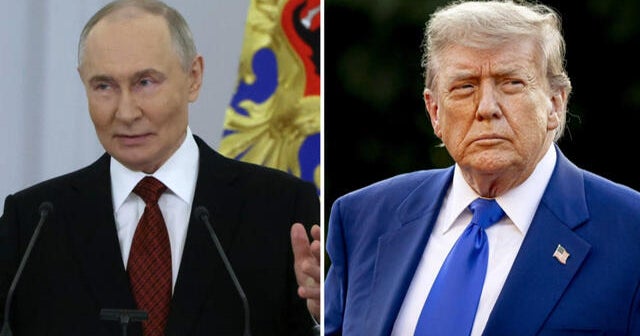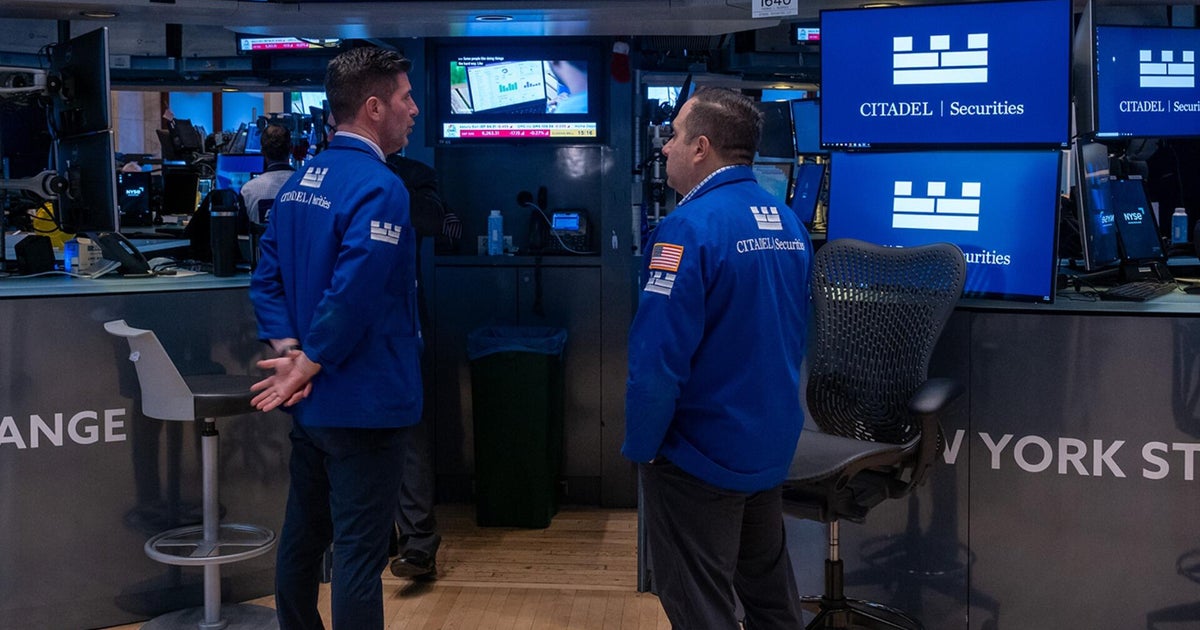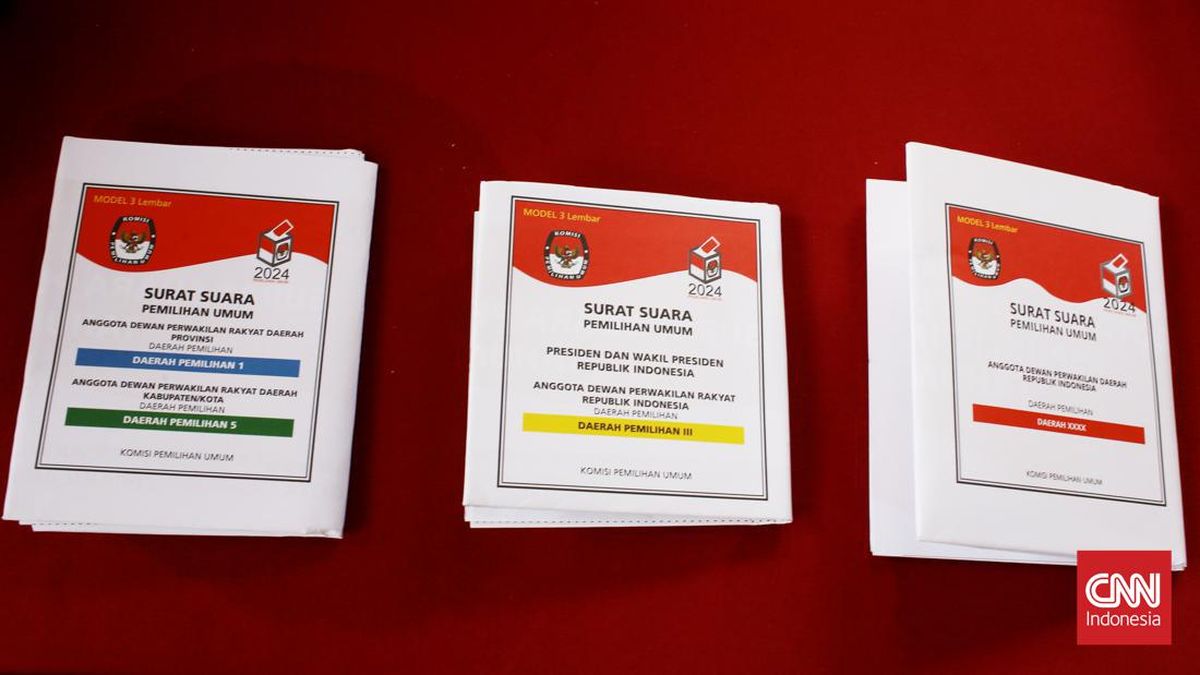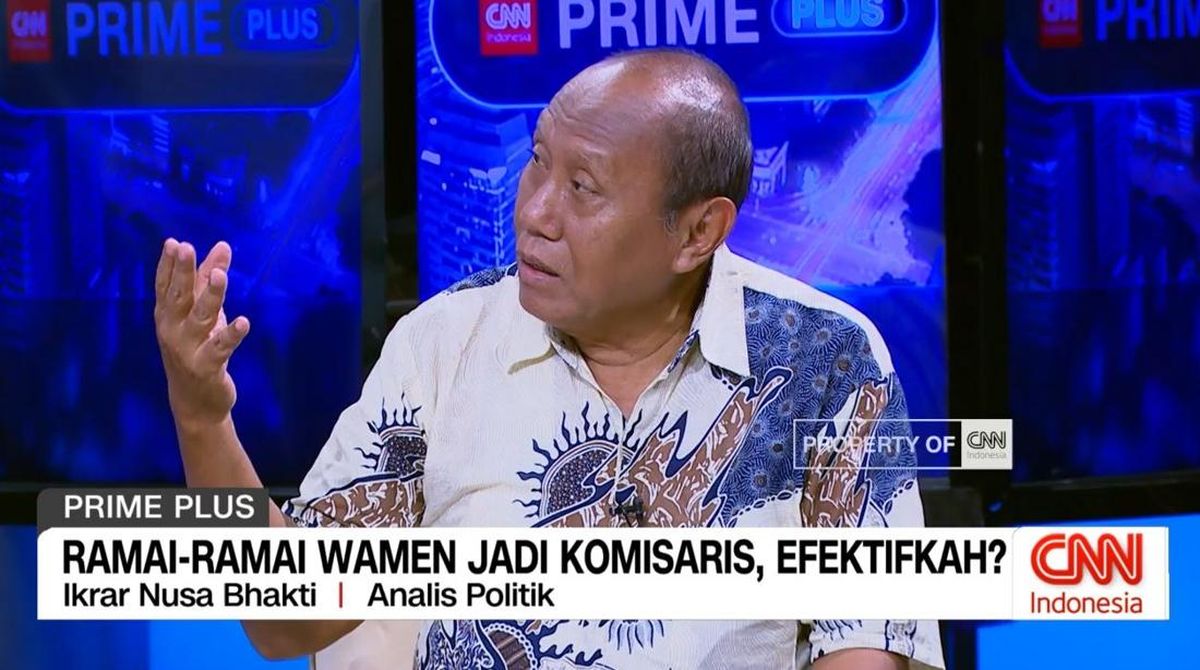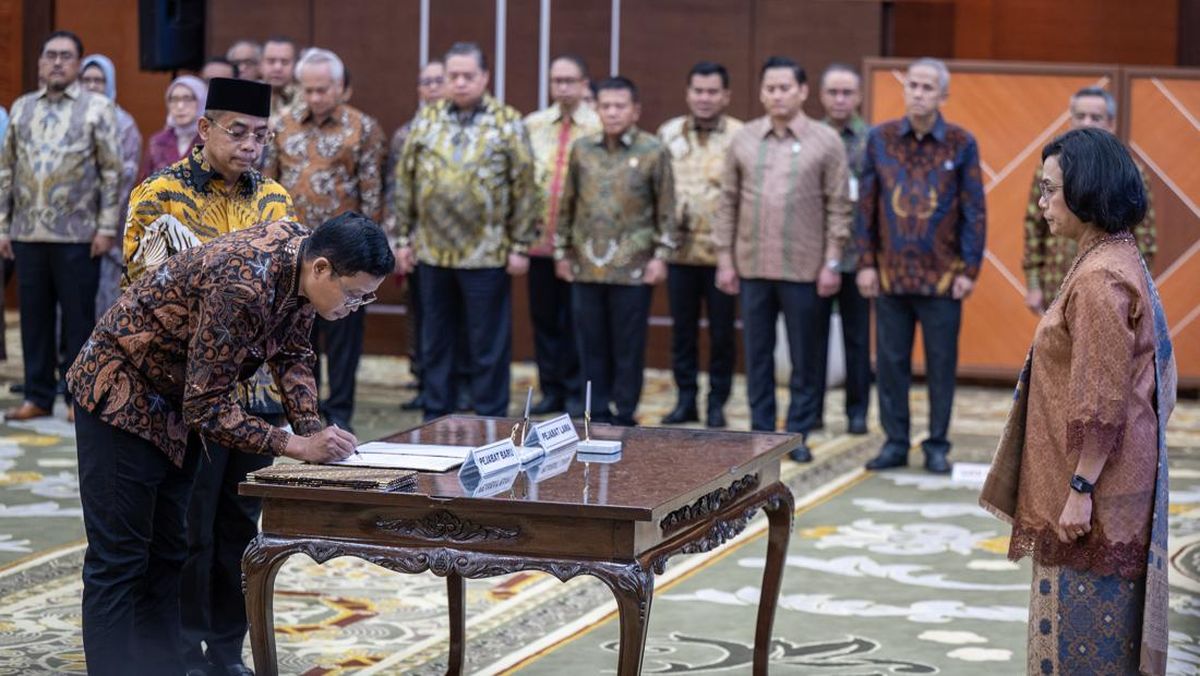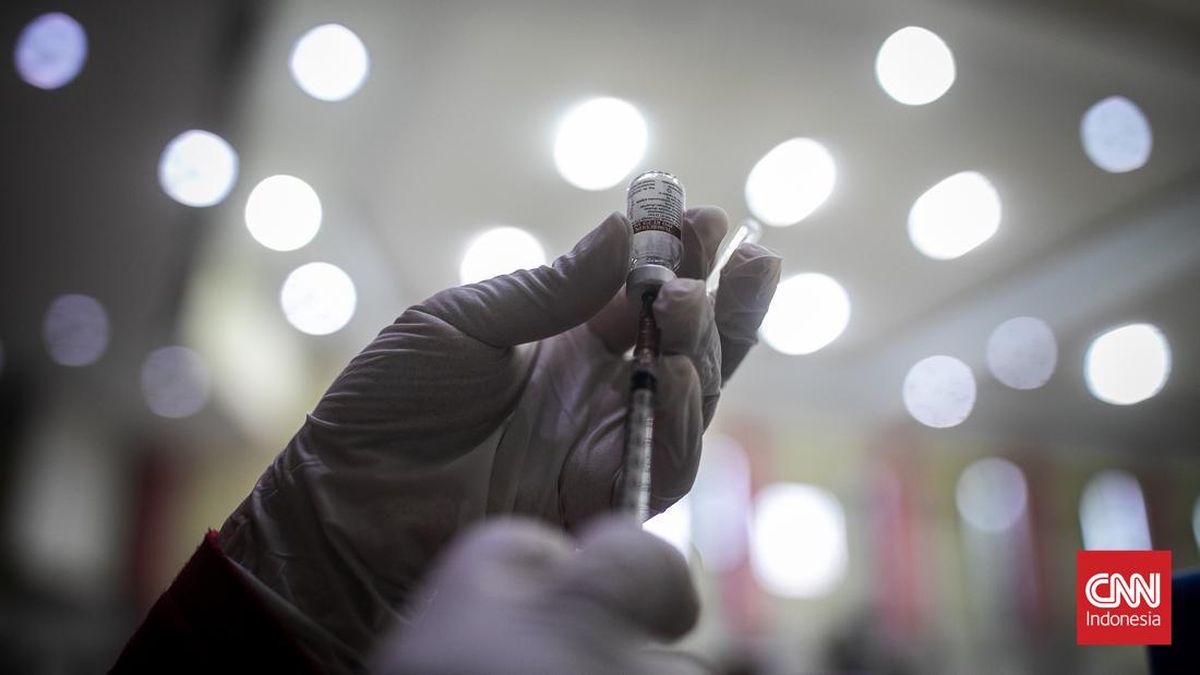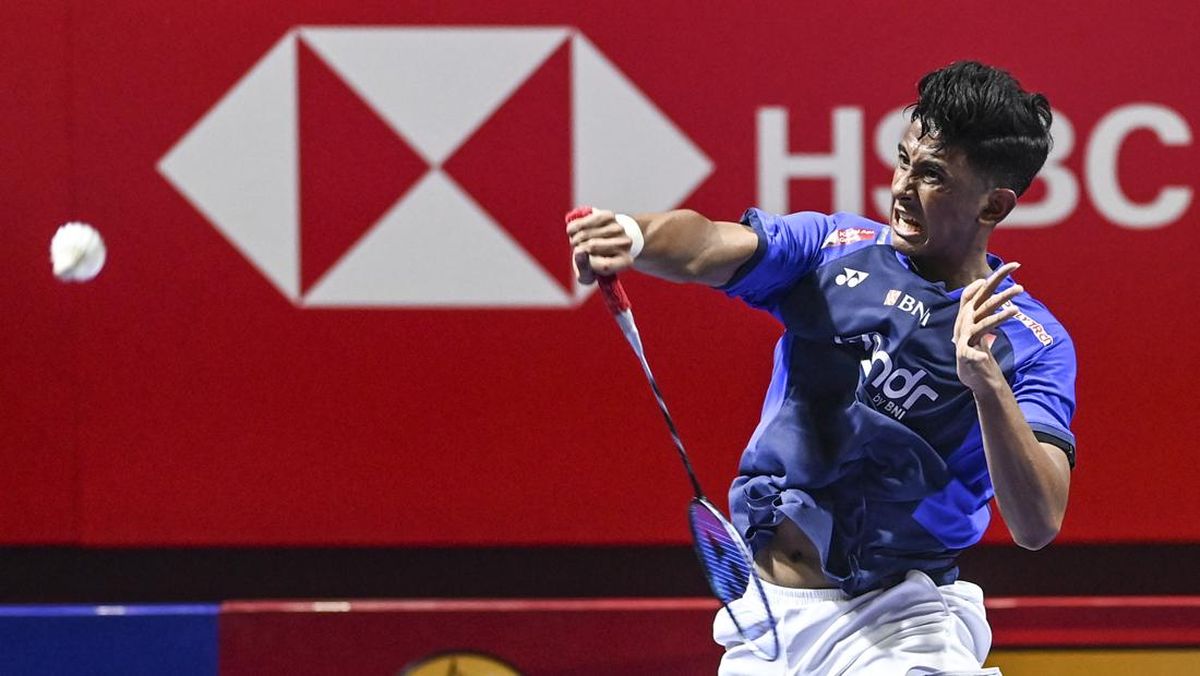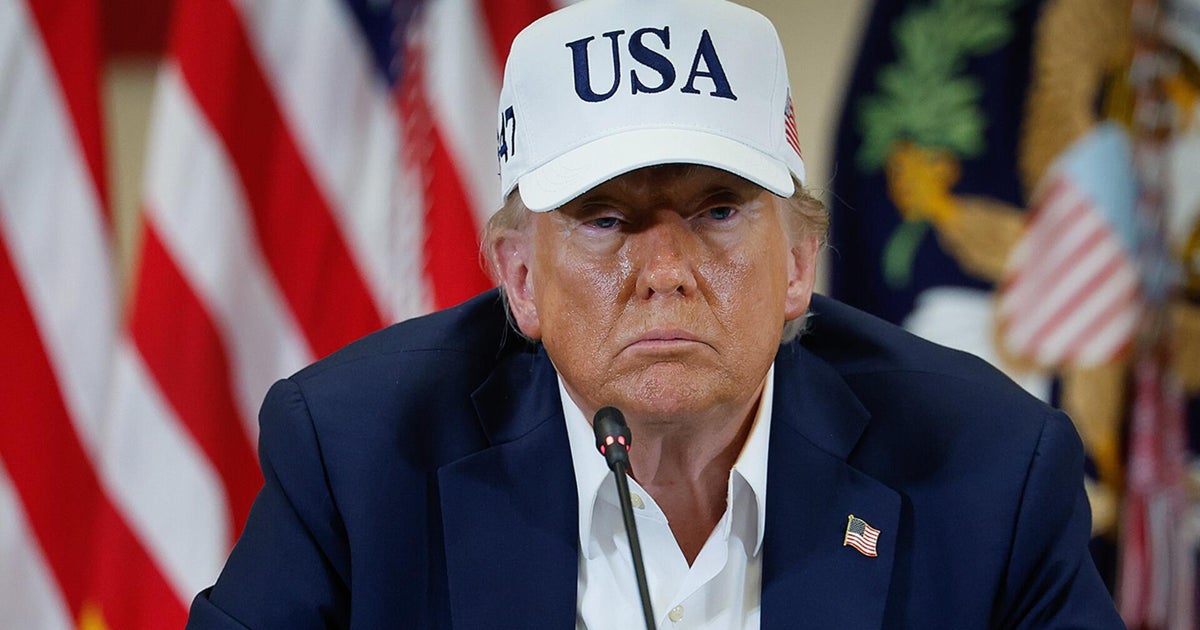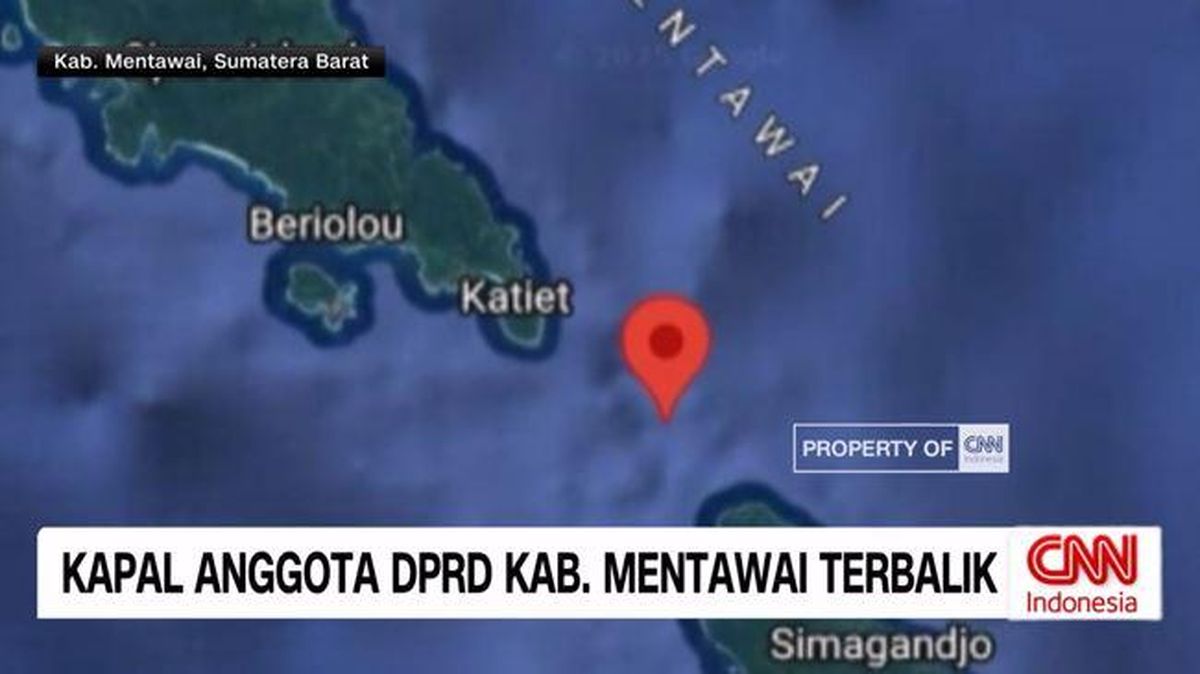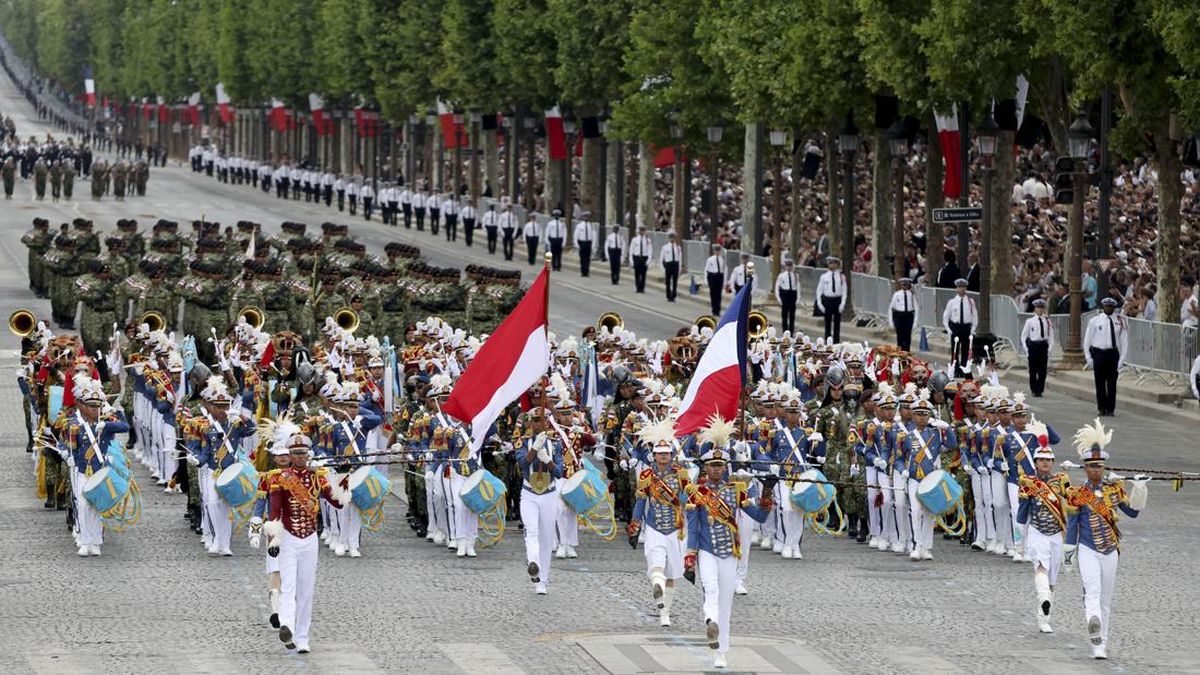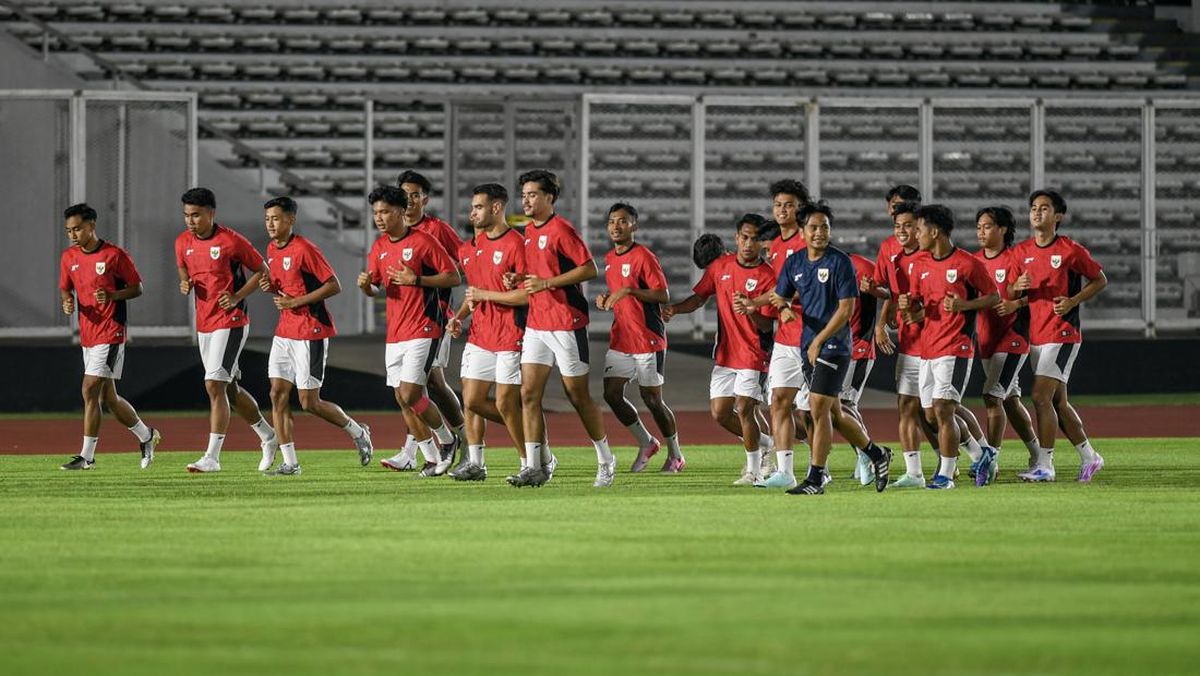“When constructed, the OMR will act as the backbone to developing areas in the north and west, ensuring that freight movements around the area are accommodated on high-quality built-for-purpose roads,” the 2021 analysis found.
That year, the Victorian government lodged a $123.4 million funding submission to Canberra to begin to develop the Outer Metropolitan Ring, beginning with a standard-gauge rail connection from Beveridge to Werribee, connecting to a giant new freight terminal in Truganina.
The Victorian government argued that Canberra should bear the full cost of the project because the line would form part of the national rail network – traditionally a federal responsibility.
It sought to tie the enormous project to Inland Rail, a $31 billion, federally funded freight link between Melbourne and Brisbane, which is under construction.
Had the Commonwealth accepted Victoria’s submission, the Inland Rail line would have been extended deep into Melbourne’s industrial west, the correspondence reveals.
A new orbital rail line could then have been under construction today, snaking through some of the city’s fastest growing suburbs, including Mickleham, Diggers Rest, Aintree, Rockbank and Manor Lakes.

Prime Minister Anthony Albanese views construction plans at the Beveridge intermodal precinct.Credit: AAP
But the Albanese government ultimately baulked, anxious to rein in rising costs on Inland Rail.
It chose in 2023 to build Melbourne’s Inland Rail terminal in Beveridge, 44 kilometres north of central Melbourne. The decision forced the Allan government to put its preferred terminal location, in Truganina, on ice indefinitely earlier this year.
Building the Truganina terminal would have cost up to $1.9 billion, but could have involved substantial private sector contributions, correspondence states.
Australian Rail Freight Alliance chief executive Reid Mather said the outcome was disappointing.
“The cheapest time to build is today. It won’t get any cheaper,” he said.
Mather said the Truganina terminal was more expensive to build than the Beveridge terminal, but better located. The federal government would not get full value out of the enormous investment in Inland Rail until freight trains could reach Truganina, and that required building the Outer Metropolitan Ring, he said.
The terminal in Beveridge was remote from most industrial precincts so would do little to reduce truck traffic on city freeways, he said.
“To be able to pack down a 1.8-kilometre train that would be double-stacked and get it back to do its 24-hour cycle to Brisbane, the most efficient way for that to occur is to unload it as close to the port as possible,” Mather said.
“If we’re going to unload trains at Beveridge, the dilemma is … are you going to truck those containers in and cause more congestion?

Rail Freight Alliance chief executive Reid Mather says Inland Rail needs a direct link to the Port of Melbourne via the western suburbs to fulfil its purpose. Credit: Alex Coppel
“None of these things are easy, but the only way you get double-stacked container trains in [to the Port of Melbourne] is to use the outer metro road corridor that has been gazetted for years.”
Melbourne’s west is the biggest freight and logistics precinct in Australia, moving about 12 per cent of the nation’s total freight, and 37 per cent of Victoria’s, according to Port of Melbourne figures.
Confidential correspondence argued Beveridge was an inferior option to Truganina because it was remote from Melbourne’s western suburban industrial heartland and its south-eastern population centres, it was a smaller site with less capacity to grow, and was more complex to build.
Victoria’s submission proved ill-timed, and too costly.Ballooning costs led the Albanese government to review Inland Rail the year after Victoria lobbied Canberra to inject billions more into the project.
Loading
The 2023 review acknowledged that the Port of Melbourne and the freight and logistics industry unanimously favoured Truganina over Beveridge, but concluded that building a rail line via the Outer Metropolitan Ring “is likely to be cost prohibitive and not needed for Inland Rail in the near or medium term”.
The Outer Metropolitan Ring is a planned 100-kilometre road and rail line running in an arc around Melbourne’s northern and western periphery. The corridor was placed under a public acquisition overlay in 2010.
The Victorian and Commonwealth governments jointly invested $20 million in a preliminary business case for the project in 2021-22.
The business case is being kept secret. A freedom-of-information request was rejected due to cabinet confidentiality, but The Age understands the mega-project was costed at about $31 billion in 2021.
A spokesperson for federal Infrastructure Minister Catherine King said the Albanese government remained supportive of building two terminals for Victoria, at Beveridge and Truganina.
Loading
“Beveridge is being developed first because it can be delivered more quickly and is necessary in order to service Inland Rail’s double-stacked freight trains by 2027, while [Truganina] is anticipated to become the larger intermodal terminal over time,” the spokesperson said.
The Australian government has committed $1.72 billion towards the future development of the Outer Metropolitan Ring Rail and the Western Intermodal Freight Terminal in Truganina. Funding for the rail line is contingent on it being matched by Victoria.
Asked on Monday about revelations in The Age that government planners predicted the first road component of the OMR was needed by 2031, acting Premier Jaclyn Symes said the road was “not a proposal that we’re actively considering”.
“But as is appropriate, preserving land for a future decision is an appropriate course of action,” she said.
An Allan government spokesperson said the ring was a crucial future transport corridor, but did not answer questions on when it was scheduled to be built, given the state’s failure to secure full federal funding for it.
Start the day with a summary of the day’s most important and interesting stories, analysis and insights. Sign up for our Morning Edition newsletter.


